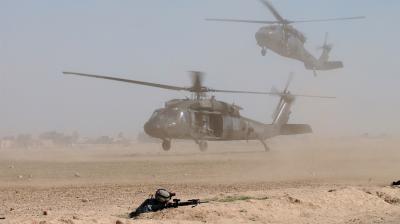Options for addressing the Syrian civil war
In 2011 the peaceful demonstrations in Syria reflected the beginning of another popular uprising that seemed to spell the end of an autocratic regime. In the course of 2012-2013, levels of violence and radicalism rapidly expanded into a full-blown civil war. Today, in 2014, the Syrian conflict looks like the fuse that lighted the regional powder keg: Iraq now faces a civil war of its own, strains on Lebanese society are increasing and the Islamic State’s Caliphate now practically shares a frontier with Turkey, Jordan and Saudi Arabia.
The recent regional conflagration rightly worries the international community. Yet, it almost obscures how the social fabric of Syrian society and the integrity of its governance continue to unravel at the hands of radicals, criminals and warlords. Individuals and groups have been swept up in the madness of violence, dictated by the logics of survival, profit and ideological contestation. Domestic misery and regional conflagration combine with a growing international threat.
How can it have come to this? This report seeks to answer this question through an analysis of the Syrian civil war’s trajectory, its international entanglements and its current battlefield situation. It also proposes three elements of what a more active and forward-looking Western policy could look like, which hold the promise of helping to end the conflict in the medium term.





